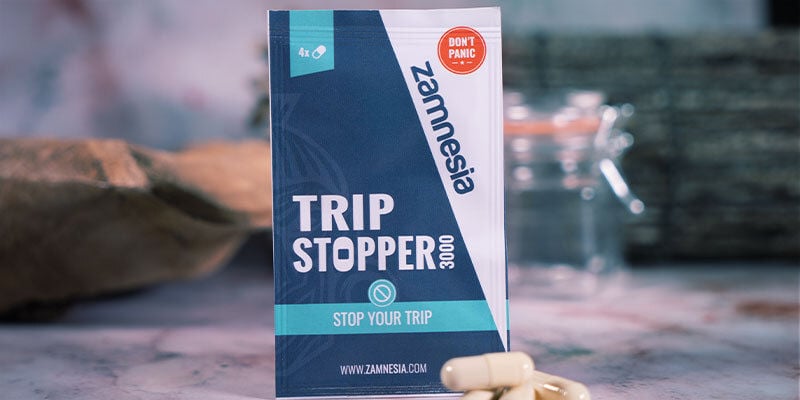
The Six Types Of Hallucinations You Can Experience
We all know that psychedelic drugs can cause hallucinations, but what about the other causes? Mental illness, sleep deprivation, and even certain foods can trigger hallucinations as well. Ranging from the joyful to the terrifying, there are many ways the senses can perceive things that aren't actually there. Read on to learn all you need to know.
Hallucinations have fascinated human beings since the dawn of recorded history. Visual hallucinations make up the bulk of these records, as they are the easiest to describe. But, each sense can be subject to hallucination, and often they combine, causing powerful, inexplicable experiences. While most people associate hallucinations with drugs, they are actually a common symptom of many conditions, too. Read on to discover more about the different causes and types of hallucinations.
What Are Hallucinations?
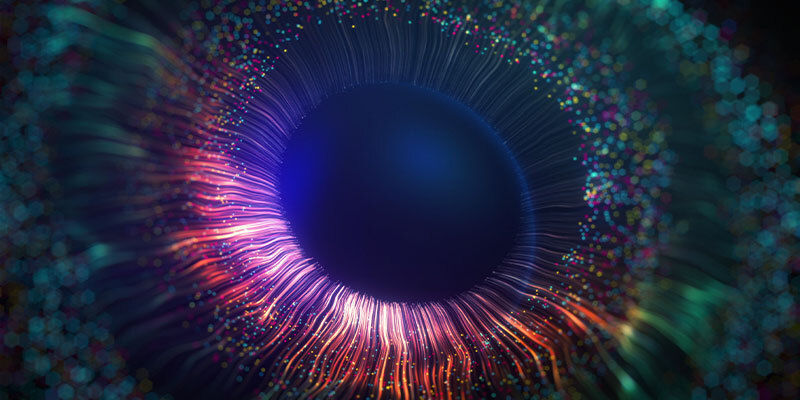
Hallucinations range from the awe-inspiring to the downright terrifying—sometimes even both. When most people think of hallucinations, they think of strange visual phenomena and disorientating, absurd experiences. However, hallucinations can affect all the senses, and can be as minimal as a buzzing in the ear or as profound as an out-of-body experience.
Why Do Hallucinations Happen?
If you’re reading this here, on Zamnesia, you probably associate hallucinations with drugs—specifically psychedelics. But, these only cause a fraction of the hallucinations that people experience. While you may take drugs to induce a hallucination, many people suffer from hallucinations over which they have no control, and that can potentially come to dominate their lives. Below are some of the causes of hallucinations.
Medical Condition

There are many medical conditions that can cause hallucinations. Perhaps the most well-known of these is schizophrenia, with the main type of hallucination being auditory, such as hearing voices. Though these hallucinations often reinforce delusions, it is important to distinguish between the two. Hallucinations are sensory phenomena, whereas delusions are about beliefs.
Mental health conditions such as bipolar disorder can also cause hallucinations and delusions. But there are more common conditions that can cause hallucinations too. Migraines and sleep deprivation can cause them, also in the form of auditory hallucinations.
Disease or Infection
Certain infections and diseases may also induce hallucinations. By wearing the body down, they can cause delirium. For instance, those close to death may begin to hallucinate. It is likely that the causes of these hallucinations are similar to those caused by sleep deprivation. As the mind and body begin to weaken, sensory perception becomes jumbled.
Drugs
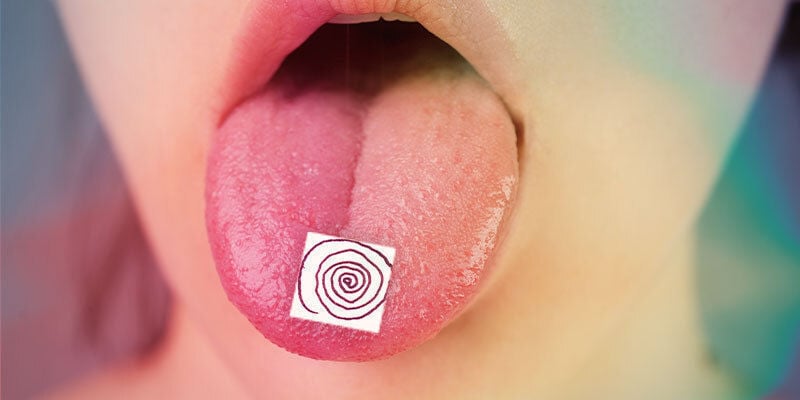
We all know that drugs can cause hallucinations. Those that cause deliberate hallucinations are psychedelics: LSD, magic mushrooms, mescaline cacti, DMT, etc. These tend to work by binding to serotonin receptors. Depending on dosage, these hallucinations can be a gentle sensory warping or a full-blown transcendental experience with otherworldly beings.
Other drugs can cause hallucinations, too. Speed, cocaine, and MDMA can all make people hallucinate. Whereas it is the normal property of psychedelics to cause hallucinations, with stimulants it is often more akin to psychosis.
Food
Certain types of food can make you hallucinate, even without containing classical psychedelic substances.
Potentially the most famous of these is the fly agaric mushroom, or Amanita muscaria. Many assume it contains a psychedelic alkaloid similar to psilocybin, but it does not. The toxic skin of fly agaric contains GABAA agonists that cause delirium, essentially by poisoning you, and this is what causes hallucinations.
Different Types of Hallucinations
Hallucinations affect the senses. Often, they affect multiple senses at once (this can lead to synaesthesia). Below is a list of the different ways the senses can be affected.
Auditory Hallucinations (Hearing Things)
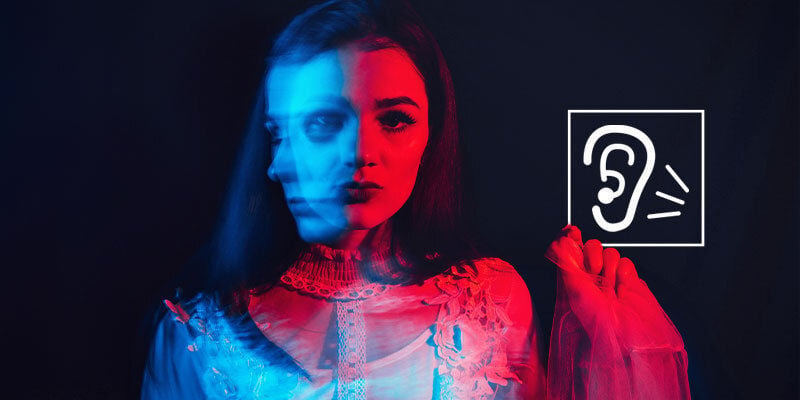
In a nutshell, auditory hallucinations happen when a person starts hearing things that appear present, but in reality are not. Some of the sounds one might hear include whistling, hissing, humming, and even voices of those who have passed on.
While experiencing an auditory hallucination, you may hear just one sound, or a combination of several. With that said, it can be rather difficult to tell the difference between what you’re imagining versus your own thoughts.
Auditory hallucinations are common among individuals with schizophrenia. Other conditions that may trigger this type of outcome include dementia and bipolar disorder.
However, those dealing with the loss of a loved one can experience auditory hallucinations as well. While some learn to deal with the voices and sounds they hear on a daily basis, others find the experience to be extremely distressing and seek medical assistance to quell the symptoms.
Visual Hallucinations (Seeing Shapes and Objects)
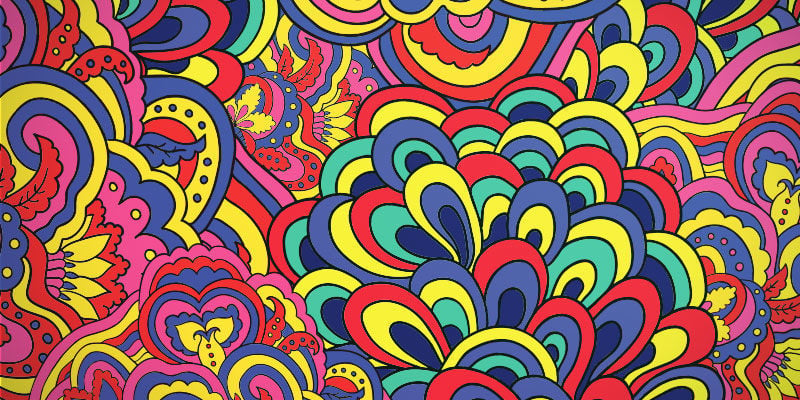
Perhaps the most common type of hallucination—or at least the most recognised—visual hallucinations occur when a person sees things that aren't there.
These are the hallucinations most commonly associated with psychedelics like LSD, magic mushrooms, LSA, and mescaline, though they can also result from ingesting and/or combining pharmaceutical drugs. Those who abuse alcohol may also experience these hallucinations.
Among psychonauts, visuals are usually highly sought-after, as they exemplify the pop culture appeal of psychedelics. However, visuals can be both appealing and disturbing depending on the circumstances and cause of the hallucinations.
Also, this type of hallucination has been known to affect Lewy body dementia patients and those that suffer from migraines. Concerning the ageing population, Charles Bonnet syndrome describes a phenomenon wherein people experience visual hallucinations as a result of vision loss—a condition that largely affects the elderly.
Other causes of visual hallucinations include lack of sleep, low light levels, and withdrawal from certain drugs, such as meth. People will often see things like shadows, wisps, and bugs, while some claim to see animals, faces, and many other random items.
Tactile Hallucinations (Skin Crawling)
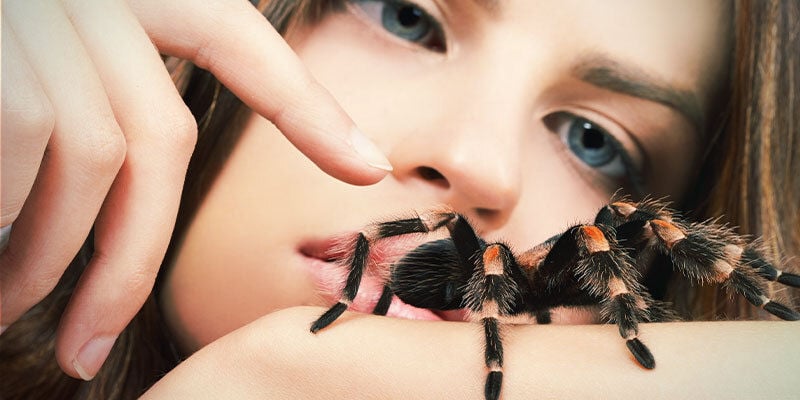
A tactile hallucination involves feeling something on your body or skin that does not exist. In fact, these sensations can become so intense that they cause some sufferers to scratch away at their skin, leaving scabs and scars behind.
The most common sensations experienced during tactile hallucinations include bugs or snakes crawling on the skin. Nine times out of ten, tactile hallucinations of this sort result from abusing drugs like alcohol, meth, and cocaine.
Olfactory Hallucinations (Unusual Smells)
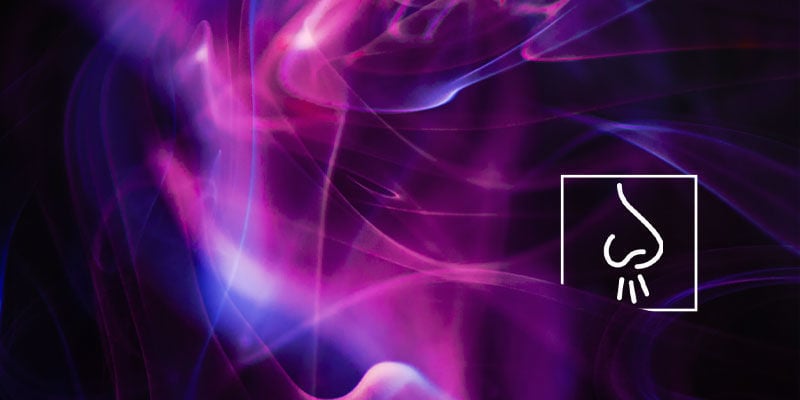
Olfactory hallucinations, also known as phantosmia, occur when a person smells an odour that isn't present in actuality. It also happens to be one of the more rare types of hallucination.
From brain tumours to epilepsy, olfactory hallucinations often result from neurological damage to the olfactory system. But, in rare cases, mental health conditions can incite them as well.
As far as scents go, they tend to be quite unpleasant. Some olfactory hallucinations include vomit, feces, smoke, and even rotting flesh. However, there are cases where individuals smell pleasant, floral aromas instead.
Gustatory Hallucinations (Metallic Taste)
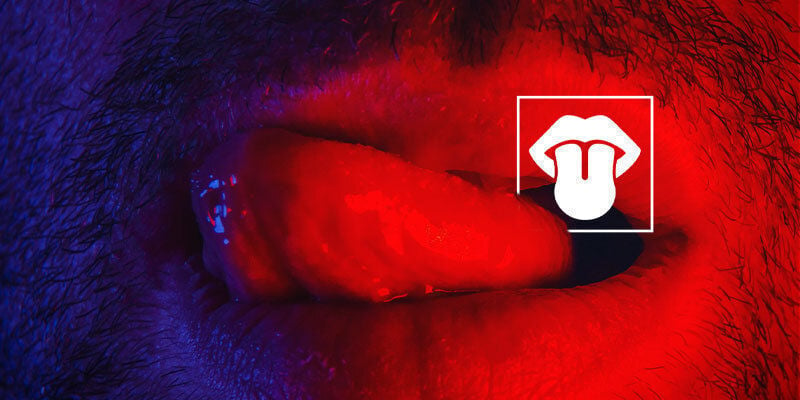
Gustatory hallucinations, also rare, cause a person to taste things they haven’t consumed, including poison and metal.
Oftentimes, gustatory hallucinations indicate that the individual may be dealing with a medical issue, or are experiencing side effects from medication they are taking. This kind of hallucination is particularly common in individuals with certain forms of focal epilepsy.
Proprioceptive Hallucinations (Flying or Floating)
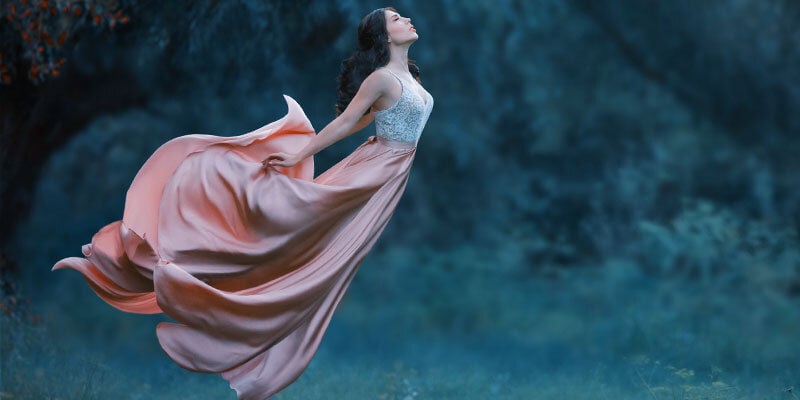
Proprioceptive hallucinations, aka hallucinations of posture, make an individual feel as though they are floating, flying, or having an out-of-body experience. In other words, the person feels as though a part of them is in a different place and not on their physical body.
Typically, proprioceptive hallucinations occur before and after sleep while the individual is still in bed. However, there are reports of these particular hallucinations resulting from anaesthetics and various hospital-related incidents as well.
Users of psychedelics often intend to experience proprioceptive hallucinations, as they are part and parcel of the transcendent sensations experienced on substances like DMT, LSD, or shrooms. Oftentimes, a large dose is needed to achieve these states, though the type of substance will chiefly determine this.
Will Hallucinations Go Away?

This depends. If the hallucinations are caused by drugs, they should go away. Although, some people report recurring hallucinations after regular LSD use. Still, this is unproven and incredibly rare. There are also instances in which drug use can trigger psychosis, which in turn can cause schizophrenia. Again, this is rare—but nonetheless important to consider.
As with drugs, if hallucinations are caused by certain foods, they should disappear when the food leaves your system. As they are essentially a type of food poisoning, you can expect a similar process. It can be prolonged, however, as the effects of Datura are reported to last up to 48 hours, with after effects (cotton mouth, blurred vision) lasting up to a week.
If hallucinations are caused by a disease or infection, they should pass along with that. However, if they are the result of a mental health condition, or conditions such as Parkinson’s disease, dementia, and tinnitus, it may be that they are there to stay.
However, with medical intervention, they can be reduced and sometimes entirely stopped. It depends on the case in question.
How To Stop or Embrace Hallucinations
If you’ve taken drugs in order to hallucinate, then it is likely you wish to embrace them. Anything sensual should enrich the experience, be it music, massage, or a shower. If you’re experiencing strong visuals and want to up the experience, try these trippy glasses to take you to space.
Sometimes, tripping can get a bit much, and you may want to come down a bit. There are many ways to do this. Fresh air, movement, and water are all good starts. Being in open, non-constricting places is often a brilliant way to ease the pressure of an intense trip. If that doesn’t work, try some Trip Stopper 3000 caps to give you a helping hand.
It’s important to recognise that hallucinations are powerful phenomena, and must not be fought. This is a sure ticket to a bad trip. By all means, acknowledge it is too much, but don’t resist it. Interestingly, embracing a trip is often the best way to relax. Allow your senses to focus on the present, and it should ease your mind. After all, it is the mind that is experiencing the bad trip.
What’s the Difference Between Hallucinations and Delusions?
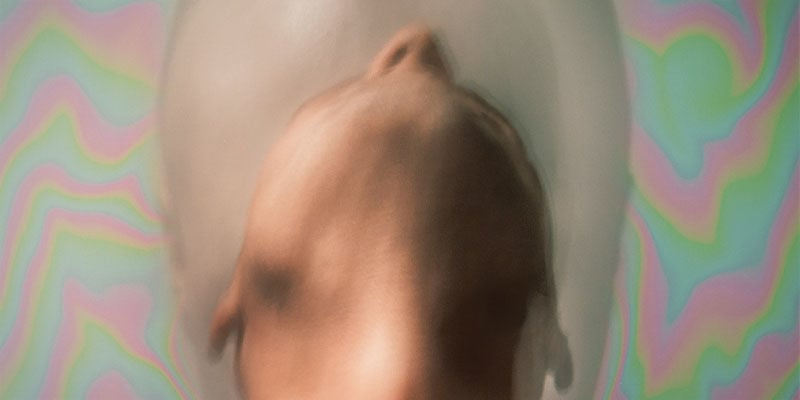
As mentioned, there is a distinction between hallucinations and delusions. Take schizophrenia, for example. The voices telling someone that they are Jesus are hallucinatory, but the following belief that they are Jesus is a delusion. It is very possible to have one without the other.
Think about it in terms of drugs. If you’re tripping and you see faces all over the ceiling, then you’re hallucinating. If you believe that there really are faces all over the ceiling, then this would be a delusion.
Are Hallucinations Dangerous?
Hallucinations can be dangerous. The most obvious danger is sensory confusion. For instance, if you’re tripping balls and trying to drive a car, this will obviously present a serious risk. But, hallucinating itself is not dangerous.
If you haven’t taken drugs, then hallucinating can be a sure sign that something is wrong, even if the hallucinations themselves do not pose a risk. However, they can be extremely distressing, especially for those who don’t know why they’re happening.
Finally, the delusions that can accompany hallucinations in certain conditions can be extremely dangerous. While they may be innocuous, they can also cause people to commit acts they usually wouldn’t dream of.
- (n.d.). Flashbacks Disorder When Taking Acid - https://www.verywellmind.com
- Contributors to Wikimedia projects. (2001-11-20T12:38:50Z). Datura - https://en.wikipedia.org
-
 5 min
31 March, 2025
Is it possible to have a psychedelic experience on cannabis?
Cannabis can sometimes cause very intense highs, and these might feel trippy or even conjure up experiences that might feel like (or may even be) hallucinations. But can it cause a true psychedelic...
5 min
31 March, 2025
Is it possible to have a psychedelic experience on cannabis?
Cannabis can sometimes cause very intense highs, and these might feel trippy or even conjure up experiences that might feel like (or may even be) hallucinations. But can it cause a true psychedelic...
-
 3 min
25 March, 2021
Can Absinthe Make You Hallucinate?
The myth of the "green fairy" is one of the most famous yarns associated with an alcoholic beverage. Yet, the truth of the matter is likely far less dangerous (and potentially less exciting) than...
3 min
25 March, 2021
Can Absinthe Make You Hallucinate?
The myth of the "green fairy" is one of the most famous yarns associated with an alcoholic beverage. Yet, the truth of the matter is likely far less dangerous (and potentially less exciting) than...
-
 4 min
5 February, 2019
9 (Legal) Drugs That Will Induce a Psychedelic Trip
While most psychedelic substances are considered illegal in many countries, there are a few that buck the trend. From plants of the rain forest used for powerful psychedelic brews, to the mystical...
4 min
5 February, 2019
9 (Legal) Drugs That Will Induce a Psychedelic Trip
While most psychedelic substances are considered illegal in many countries, there are a few that buck the trend. From plants of the rain forest used for powerful psychedelic brews, to the mystical...
-
 3 min
20 August, 2017
How Do Hallucinogens, Dissociatives And Delirium-Inducing...
When most people think of trippy drugs, they automatically think of acid and shrooms. But this category of substances is actually very broad and encompasses a variety of different drugs that fall...
3 min
20 August, 2017
How Do Hallucinogens, Dissociatives And Delirium-Inducing...
When most people think of trippy drugs, they automatically think of acid and shrooms. But this category of substances is actually very broad and encompasses a variety of different drugs that fall...
-
 4 min
26 June, 2017
Drawing On Acid: How Hallucinogens Inspire Creativity
During the late 1950s and early 1960s, psychedelics, particularly acid and shrooms, surged in popularity when they became more widely available. Since then, a lot of research has centred around the...
4 min
26 June, 2017
Drawing On Acid: How Hallucinogens Inspire Creativity
During the late 1950s and early 1960s, psychedelics, particularly acid and shrooms, surged in popularity when they became more widely available. Since then, a lot of research has centred around the...
-
 5 min
12 June, 2017
Foods That Can Make You Hallucinate
Food can cause all sorts of feelings and emotions. Despite of making us feel happy when it fills our bellies, there are foods that can excite us or make us tired, cause weird dreams, and even other...
5 min
12 June, 2017
Foods That Can Make You Hallucinate
Food can cause all sorts of feelings and emotions. Despite of making us feel happy when it fills our bellies, there are foods that can excite us or make us tired, cause weird dreams, and even other...














 United States
United States

